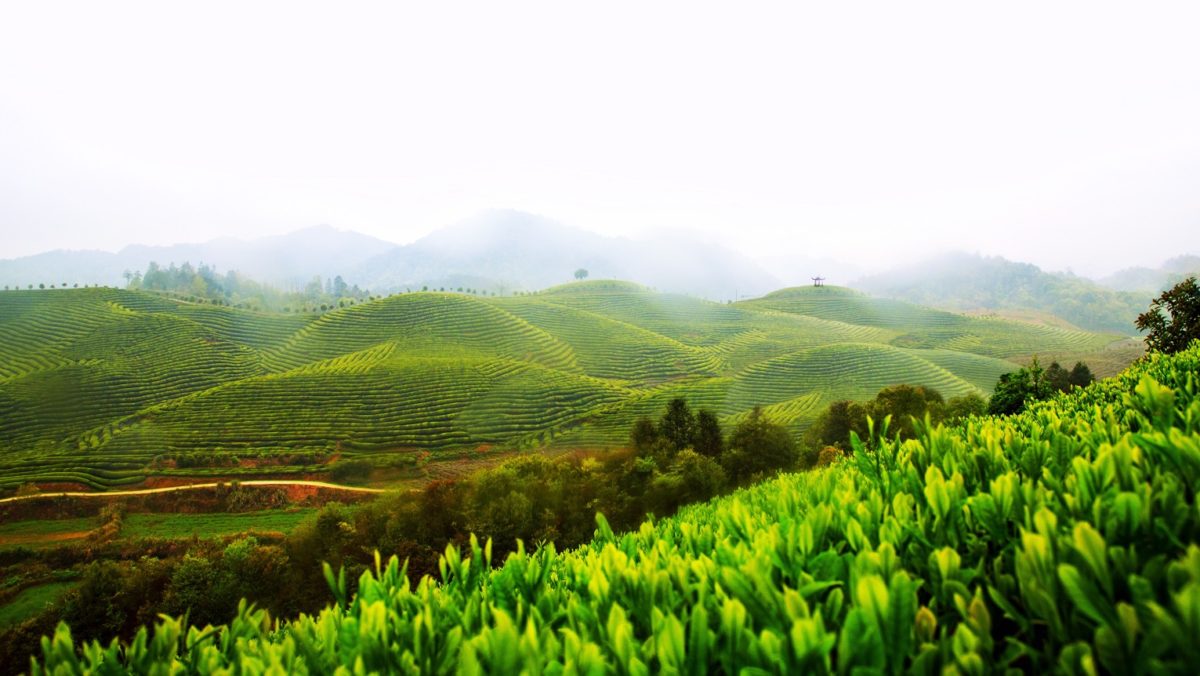
For centuries, in southwest Anhui, Huangshan Mountain has endeared itself to scenic seekers, poets, and tea lovers.
Landlocked Huangshan is one of the oldest and most famous tea-producing areas in China. Plantings began before the Tang Dynasty (618-907). Historically, Huizhou included Xiuning (休宁), Qimen (祁门), Jixi (绩溪), Yixian (黟县), and Shexian (歙县) counties, plus Wuyuan (婺源) in modern-day Jiangxi province.
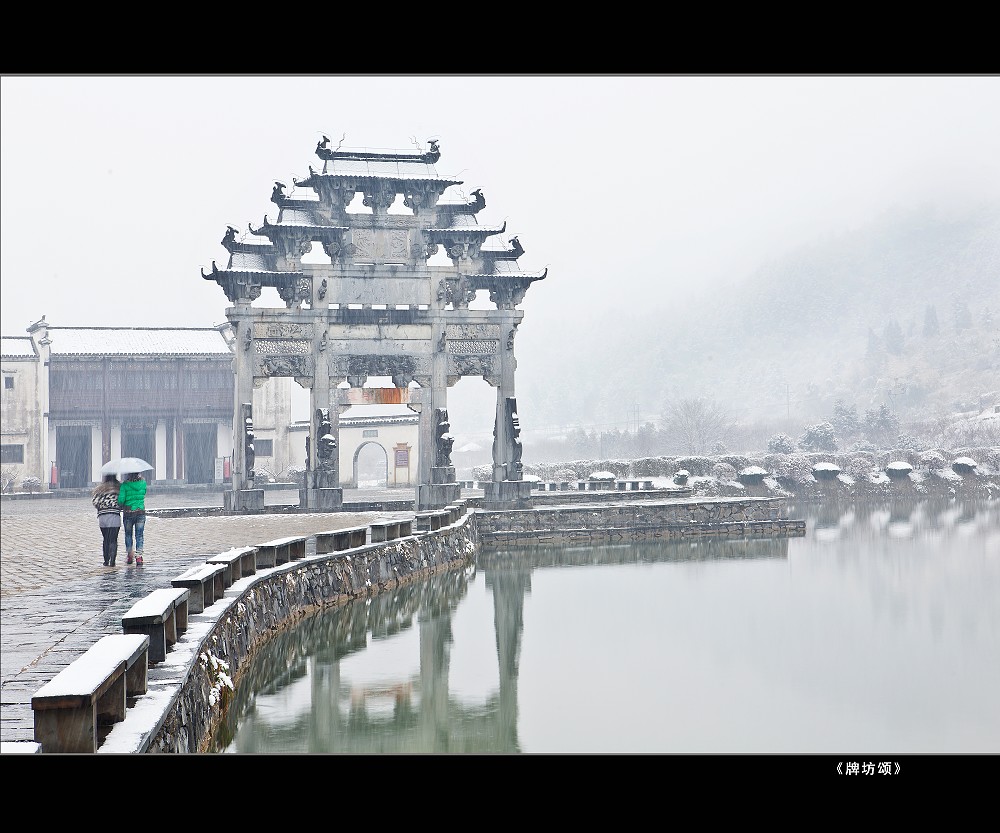 During the Five Dynasties, Shezhou Dafang tea was a tribute tea favored by the imperial family. In the Song Dynasty, at the onset of commercial trade, the acreage under tea expanded continuously. During this time, a variety of famous teas emerged.
During the Five Dynasties, Shezhou Dafang tea was a tribute tea favored by the imperial family. In the Song Dynasty, at the onset of commercial trade, the acreage under tea expanded continuously. During this time, a variety of famous teas emerged.
It was then also that the stir-frying technology of Huangshan tea and the Songluo tea processing technology became widespread during the Ming and Qing Dynasties to the southern tea areas, driving innovation in tea processing technology.
The prosperity that accompanied Huangshan Yunwu tea and Tunxi green tea financed the development of Maofeng tea, Keemun black tea, Taiping Houkui tea, and several other scented teas.
Huizhou’s prosperous tea merchants, known as Hui traders, established a powerful, ethical and honest network supplying an expansive region from Yanjing in the north to Canton in the south. Some even traded with Japan and Portugal. Many famous teas sold well, bringing honor to Huangshan, a primary supplier of teas for export. Hui merchants also sold cotton, cloth, paper, ink, and porcelain. There is a saying: there is no business without Anhui merchants and no market without tea – aptly describing the business community during the Ming (1368-1644) and Qing Dynasties.
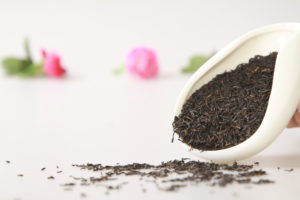
After the establishment of the Republic of China, the Huizhou tea industry developed rapidly. During the planned economy period, Keemun black tea and Tunxi green tea became the main tea exports. In Qimen, Tunxi, and She County, three tea factories emerged and made significant contributions to the Chinese tea industry and international tea trade.
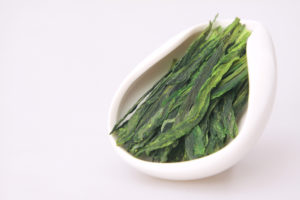
Other teas like Huangshan Maofeng, Taiping Houkui tea also gained increasing fame and have been rated as two of China’s top ten famous teas for many years. Their reputation greatly improved with the opening of the national tea market. Interest in historical teas such as Yixian Shimo, Keemun An tea, Huangshan white tea was renewed, and new tea products such as Yinhao, Dishui Xiang, Keemun Xiangluo, and Huangshan Green Peony and other shaped craft teas were developed.
After years of development, in 2020, the tea plantation area in Huangshan city now covers nearly 135,000 acres (800,000 mu), with an annual production of almost 40,000 tons.
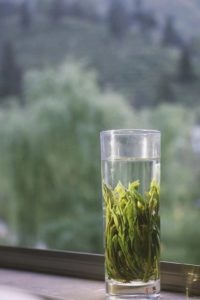
Four products qualify for ecological protection at origin. There are two national-level leading enterprises, 22 provincial-level leading enterprises, two Chines time-honored brands, and ten well-known Chinese trademarks.
The city is located close to Shanghai and Hangzhou. Centuries ago, it was called Huizhou, a symbol of “harmony and happiness.” In modern times it became one of the first cities to be named a Chinese Excellent Tourist City, Chinese Best Leisure City, National Garden City, as well as a city winning the “Chinese Habitat Environment Award.”
The mountains surrounding Huangshan are like a picture scroll of splendid Chinese landscapes. The Huangshan range stands above valleys crisscrossed by rivers and streams. Huangshan Mountain is known as “the mountain of all mountains” in China. The region is famous for its five wonders, peculiar pines, strange-looking rocks, a sea of clouds, hot springs, and winter snows.
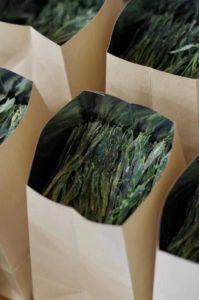
The Scenic Area is the first tourist attraction to be integrated into the World Cultural and Natural Heritage, World Geopark, and World Biosphere Reserve. Huangshan Mountain is a symbol of the Chinese nation equal in stature to the Yangtze River, the Great Wall, and the Yellow River.
Strolling around the Huangshan City, you can see the beautiful mountains and rivers everywhere, inlaid with countless villages, which look natural and quiet, simple, and harmonious, poetic, and picturesque.
Huangshan is an essential window into traditional Chinese culture. For thousands of years, the people of this land have been worshiping knowledge and education, which can be vividly reflected in the saying, “Even in a village of merely ten households, education will not be abandoned.”
If Huangshan is a broad and profound book, Huizhou culture is its soul. With Confucianism as its core, Huizhou culture established a complete system covering various categories of disciplines such as classics, history, philosophy, medicine, science, art, etc. It has cultivated thousands of Huizhou historical celebrities, leftover 5,000 historical and cultural relics, and more than 1,000 intangible cultural heritages. It ranks alongside the Tibetan culture and the Dunhuang culture as the three regional cultures of China.
The folk dwellings here, built alongside the mountains and rivers, are important symbols of traditional Chinese architectural culture. Many ancient villages, dwellings, ancestral halls, archways, and other cultural relics are still well-preserved after hundreds of years. Xidi Village and Hongcun Village are ancient villages in Southern Anhui Province designated as UNESCO world cultural heritage sites and known as “villages in Chinese paintings.” The intricately carved roofs of Xidi and Hongcun still bear the descriptions of businesses managed from that location by Hui merchants.

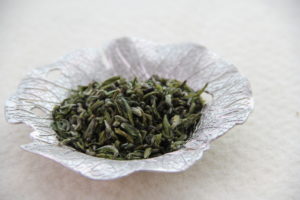
Tunxi Old Street is the most well-preserved commercial block in China with the architectural styles of Song, Ming, and Qing dynasties. Any village in Huangshan has a history, and any stone there can refresh people’s memory.
Huangshan is a model city to understand Chinese reform and opening. During the Ming Dynasty, 70% of the men from this region were engaged in trade, a higher percentage than anywhere else in China.
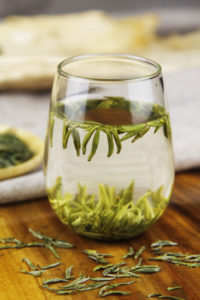
Nowadays, Huangshan City receives nearly three million overseas tourists every year and has established friendly relations with natural landmarks, including the Swiss Jungfrau, America’s Yosemite, Greek Lesvos, Canada’s Banff, Zelanian Kaikoura, and Cambodian Angkor. The Huangshan Scenic Area was awarded the International Prize for Safeguarding and Management of Cultural Landscapes by UNESCO, becoming UNWTO’s first global observatory on sustainable tourism of world heritage site in China.
There is a peculiar pine called “The Pine Greeting Guests” on top of Huangshan Mountain, which grows on cliffs with its branches reaching out to welcome guests from afar. The trees invite visitors to experience spectacular Huangshan and courteous Huizhou and the charm of Huangshan and appreciate Huizhou culture together.
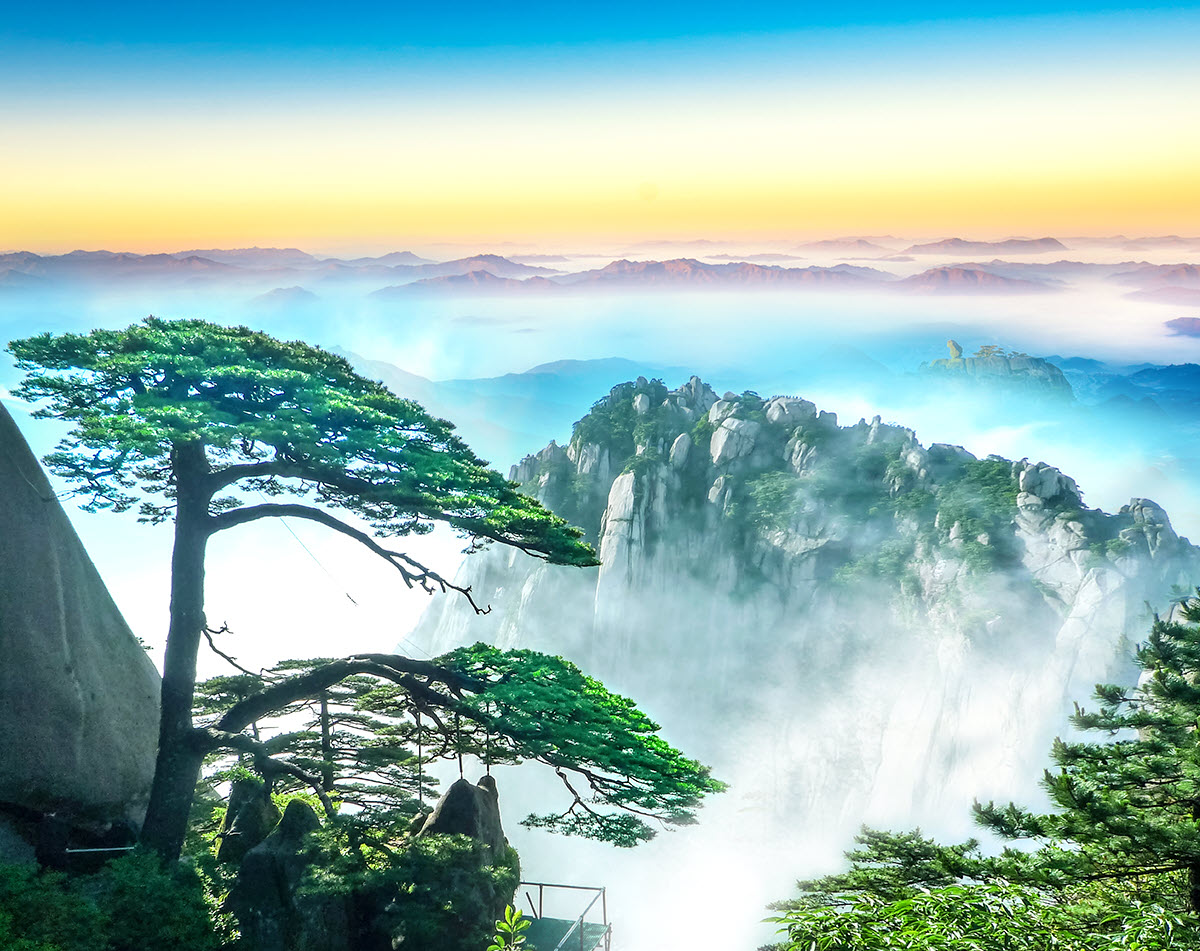
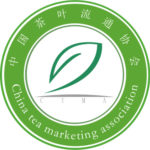
Wonderful article Sai Yu.
Looking at the first picture of the tea hills is unreal, I could not believe that it had the exact look and feel about the tea hills of where my ancestors settled in South India, Munnar (Kannan Devan Hills).
Ever since I discovered my ancestral roots that connect me to Huizhou Green tea hills I am fascinated and nostalgic about anything and everything about that place. I would love to know more and learn about this place.
I would like to connect and ask you for more information, here is my email address, its jamesajoo@gmail.com
And here is a link to my story: https://teajourney.pub/nilgiris/
Thank you for this. The pictures are so beautiful!